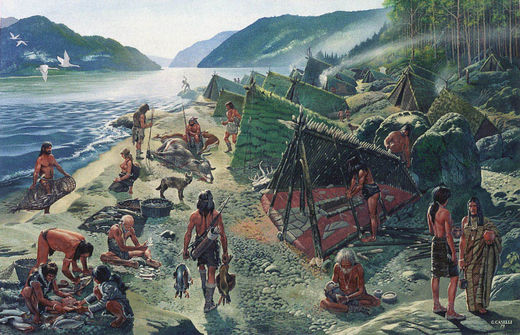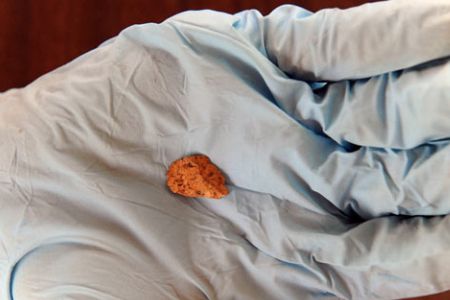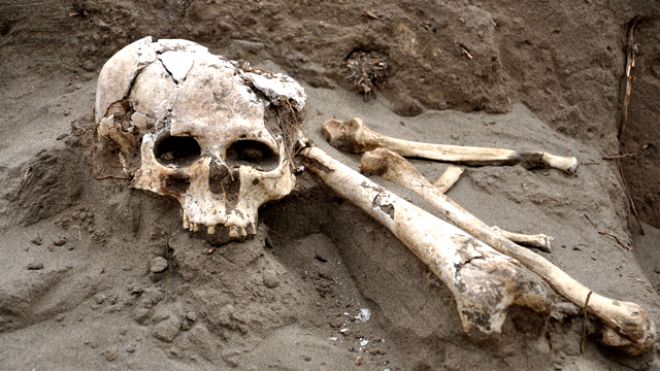
© Unknown
But when people did start to survive into older age, it had "far-reaching effects" that led to the development of new tools and art forms.
The advantages that humans enjoyed by having larger families with older relatives could have helped them "out-compete" rivals such as Neanderthals, it is claimed.
A feature in the magazine
Scientific American concludes: "The relation between adult survivorship and the emergence of sophisticated new cultural traditions, starting with those of the Upper Paleolithic, was almost certainly a positive feedback process.
"Initially a by-product of some sort of cultural change, longevity became a prerequisite for the unique and complex behaviours that signal modernity. These innovations in turn promoted the importance and survivorship of older adults, which led to the population expansions that had such profound cultural and genetic effects on our predecessors. Older and wiser, indeed."
In the article, Rachel Caspari describes how analysis of the teeth of Neanderthals found in Croatia, who lived about 130,000 years ago, suggests "no one survived past 30".
Because of gaps in the fossil record, she and colleagues tried to estimate when grandparents became common by working out how many individuals from different prehistoric groups reached 30.
They calculated the ratio of older to younger adults - the OY ratio - in fossil samples of 768 individuals spanning 3million years, stretching back from the most primitive
australopithecines to modern Europeans of the early Upper Paelolithic, who lived between 30,000 and 20,000 years ago.



Comment: Consider the following excerpt from the Cassiopaean Experiment dated January 24, 1998: